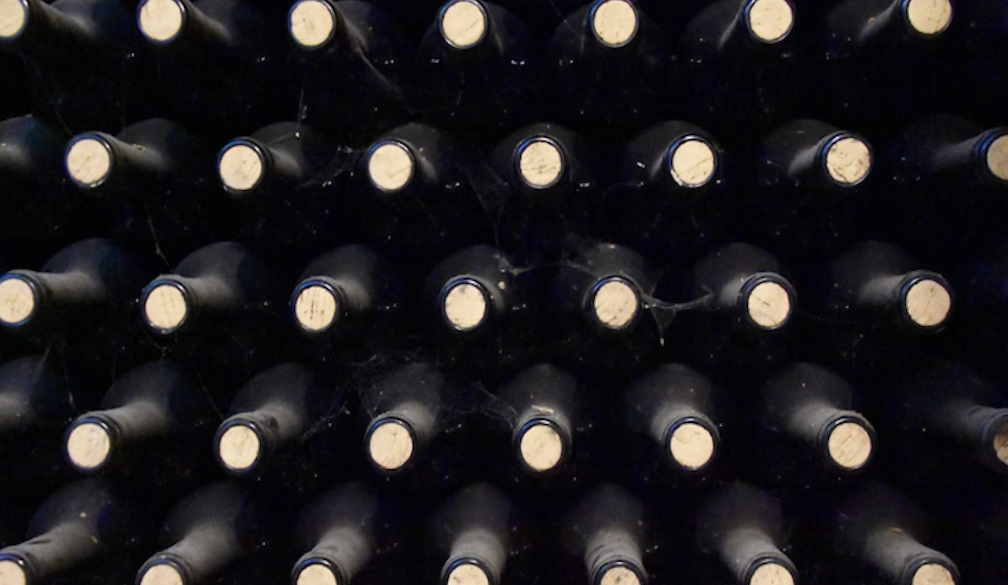The Perfect Drop: 5 Factors Needed to Create Great Wine

Buying a grape harvesting machine for sale, reading a few wine production books, and having access to a vineyard doesn’t mean you’ll produce excellent wine. In fact, without the proper knowledge, processing wine grapes doesn’t even mean your resultant creation will be drinkable. There’s more to the perfect drop than you might think, including the important factors below:
The Grapes You Grow
Most people with a fundamental understanding of wine production know that ordinary grapes from the grocery store aren’t suitable for wine production. However, there’s even more to the grape selection process than that.
Not only must you choose a wine grape variety, but you also have to ensure that it’s the right grape type for the right location. Many countries have historical traditions and rules surrounding which grapes you can grow in some areas. Some grapes are also better suited for some regions than others.
For example, California’s many thousands of vineyards are known for Merlot, Cabernet Sauvignon, and Chardonnay. However, the cooler climes of Oregon mean Pinot Noir grapes are a better option in this location.
The Growing Conditions
You can’t just plant grape vines and have them grow into healthy, grape-producing plants. The growing conditions of your specific location are integral to your success. Alongside the climate, you also have to factor in the particular area of the vineyard, its slope and slope direction, and even the soil properties.
Soil properties can also be desirable in one area for one grape variety, but the same soil would fail in another location. For example, sandy soils in the Bordeaux region of Medoc are desirable for Cabernet Sauvignon, while clay soil in Barossa Valley can see vineyard owners with bountiful Merlot harvests.
Timing
Timing is everything for winemakers. If they harvest their grapes at the right time, they can achieve the right amount of sweetness and acidity to have more control over their grapes’ alcohol content. How winemakers know when to harvest their grapes often depends on their experience levels. Old hands in the industry can tell by taste, whereas others rely on technology.
Winemakers can use portable refractometers to measure sugar levels in degrees Brix. This measurement type refers to the sugar-to-solution ratio. The more sucrose in 100 grams of solution, the higher the Brix. Most winemakers will harvest sparkling wine grapes between 18 and 20 degrees Brix, while they might wait until still wine grapes are between 19 to 25 degrees.
Processing Practices
Every winemaker has their ‘trade secrets’ for processing a perfect bottle of wine. Every action they take in a cellar once their grapes have been harvested can play a part in the outcome of the wine they produce at marlborough wineries.
Packaging and Preservation
You will rarely find two winemakers operating the same in terms of packaging and preservation. They all have their own methods for ensuring their wine maintains its quality, from their cellar to store shelves.
For example, many winemakers will pack their wine into bottles. Others pack it in bulk. Many also store their wine in ox tanks and barrels. However, monitoring processes remain the same across all packaging types. Regular monitoring is crucial to ensuring consistency and a desirable wine product their customers will love.
Creating great wine doesn’t happen by chance. It rarely even happens just by growing grape vines you know have the potential to become extraordinary wine. Grapes, growing conditions, timing, processing, and packaging are all integral for winemakers to produce standout products for entertainment and cooking.

